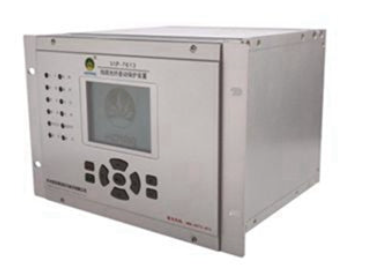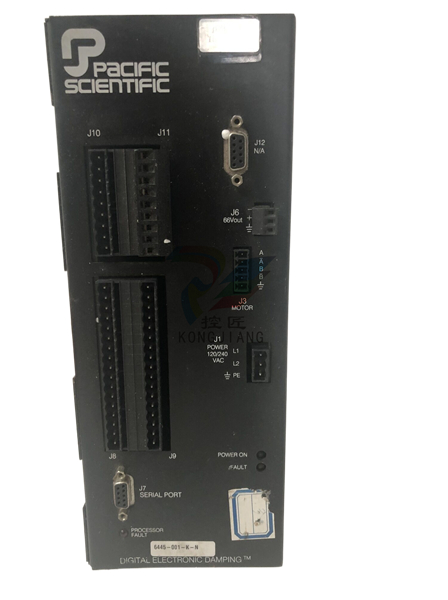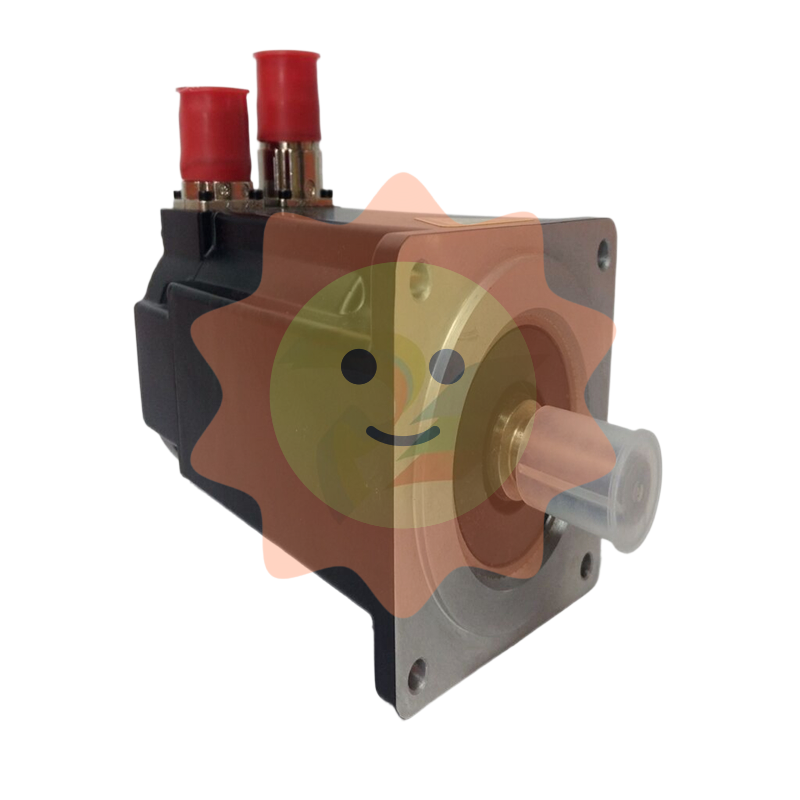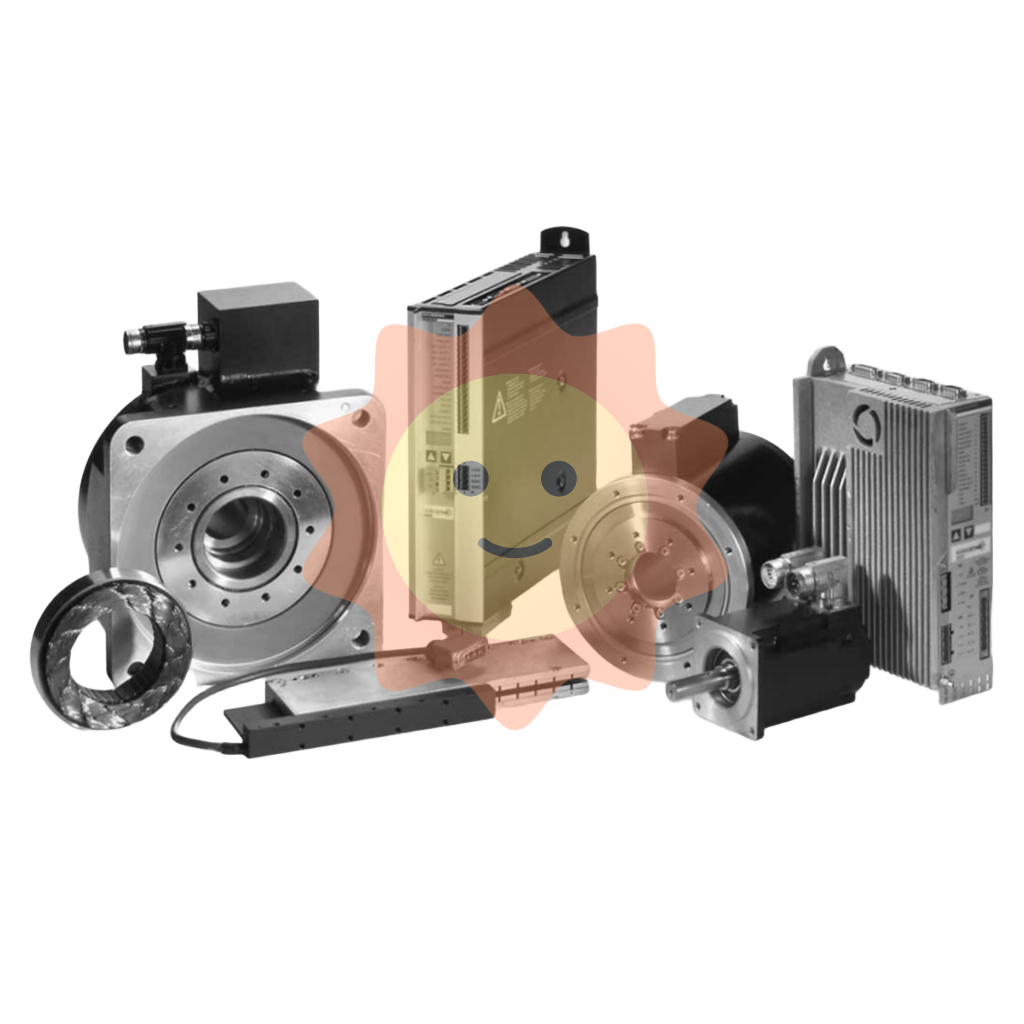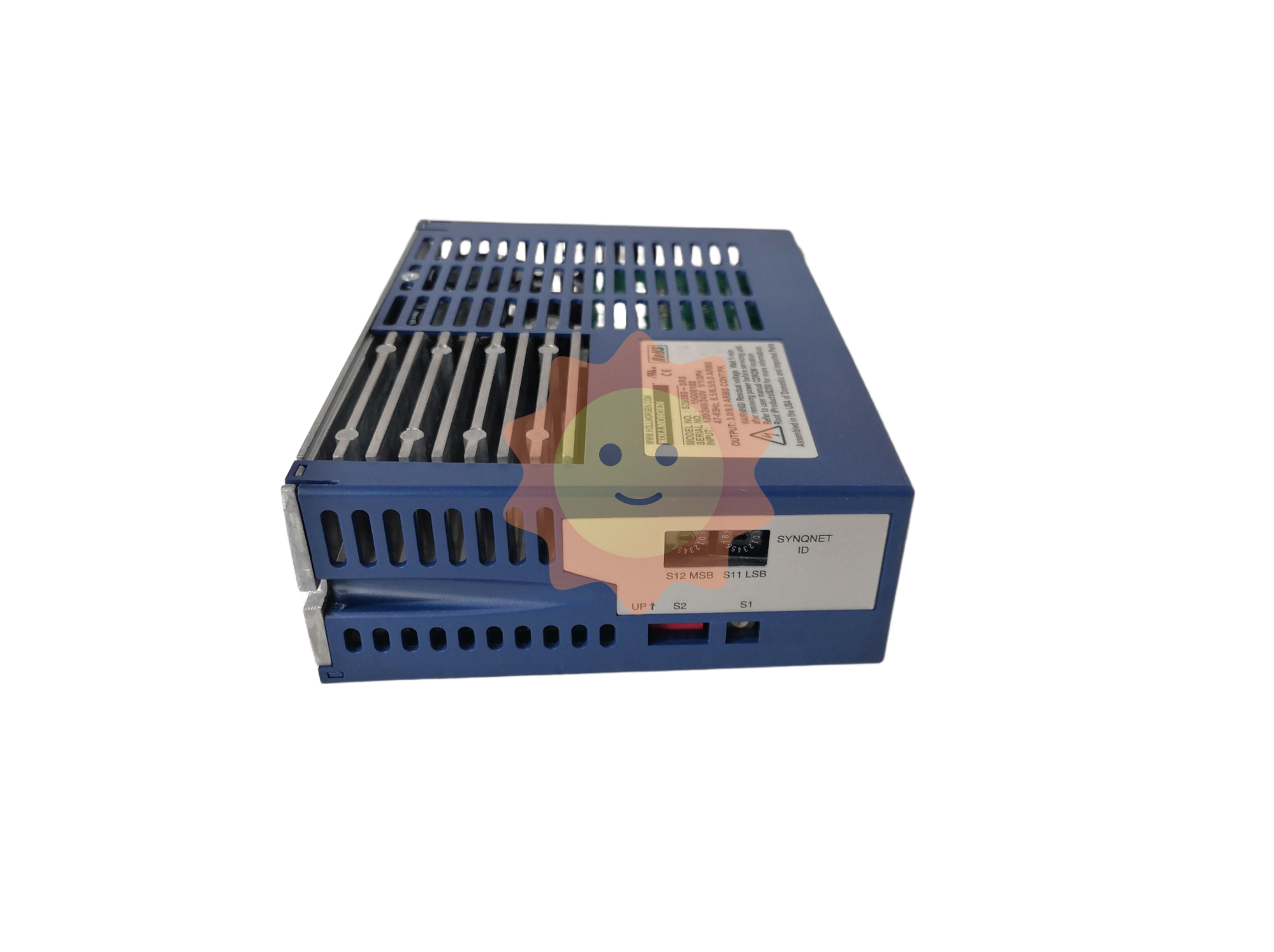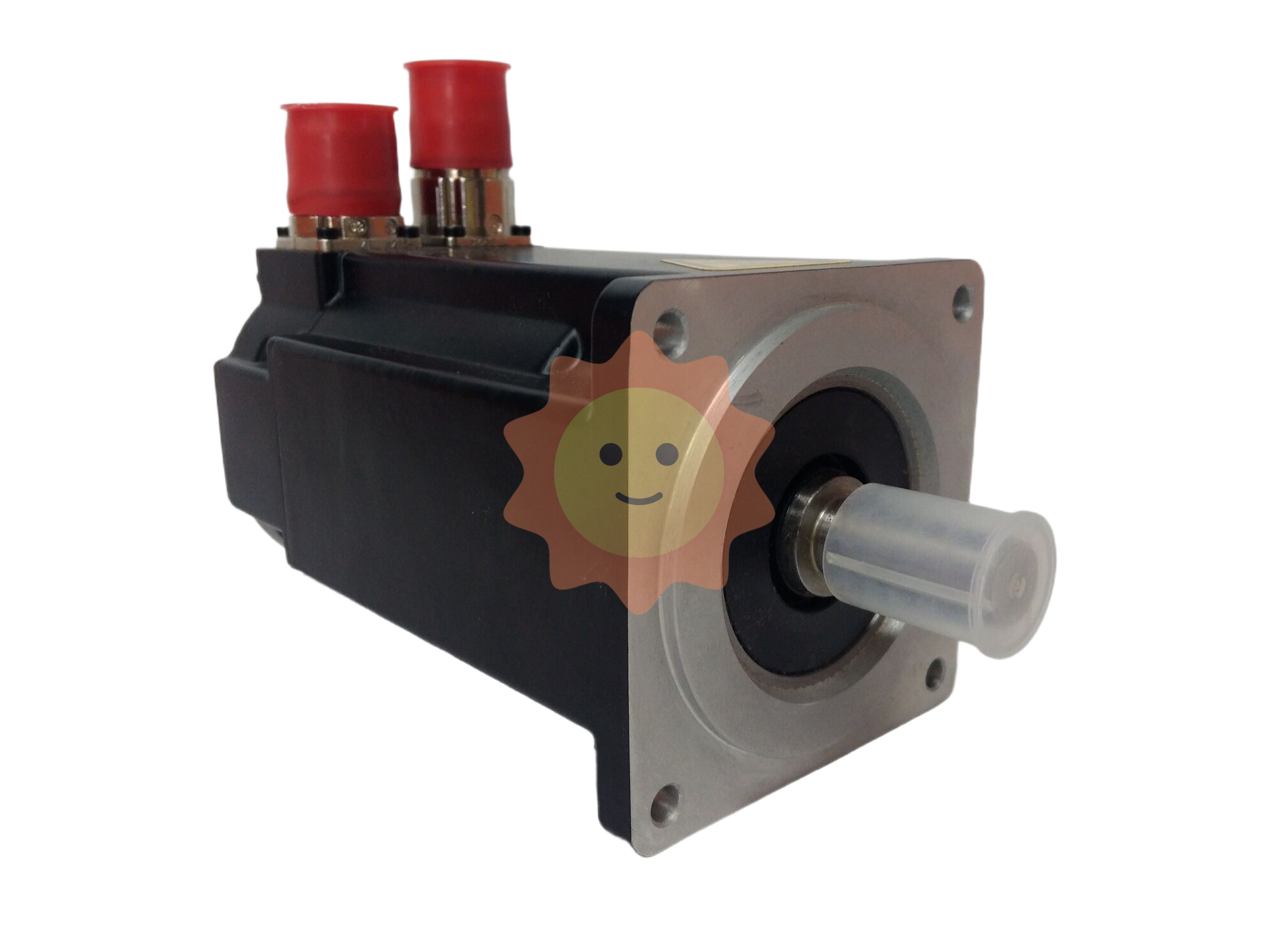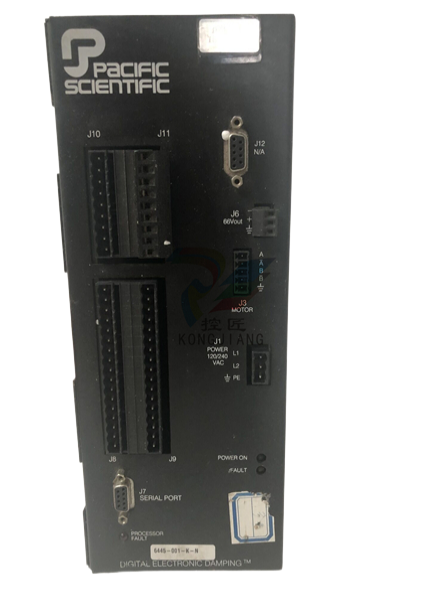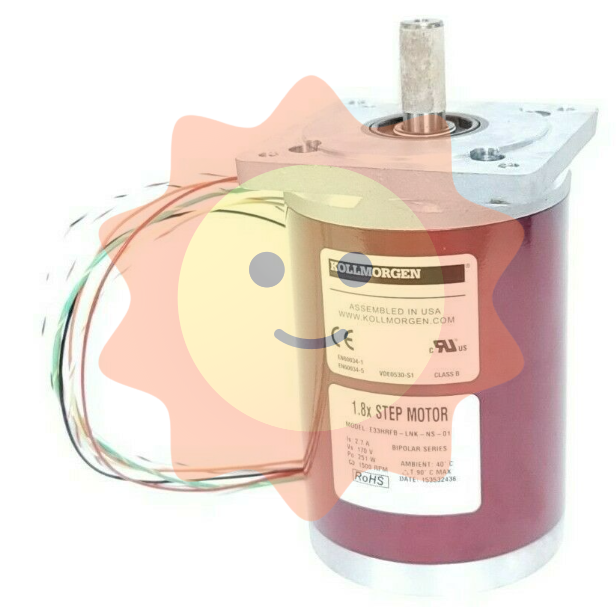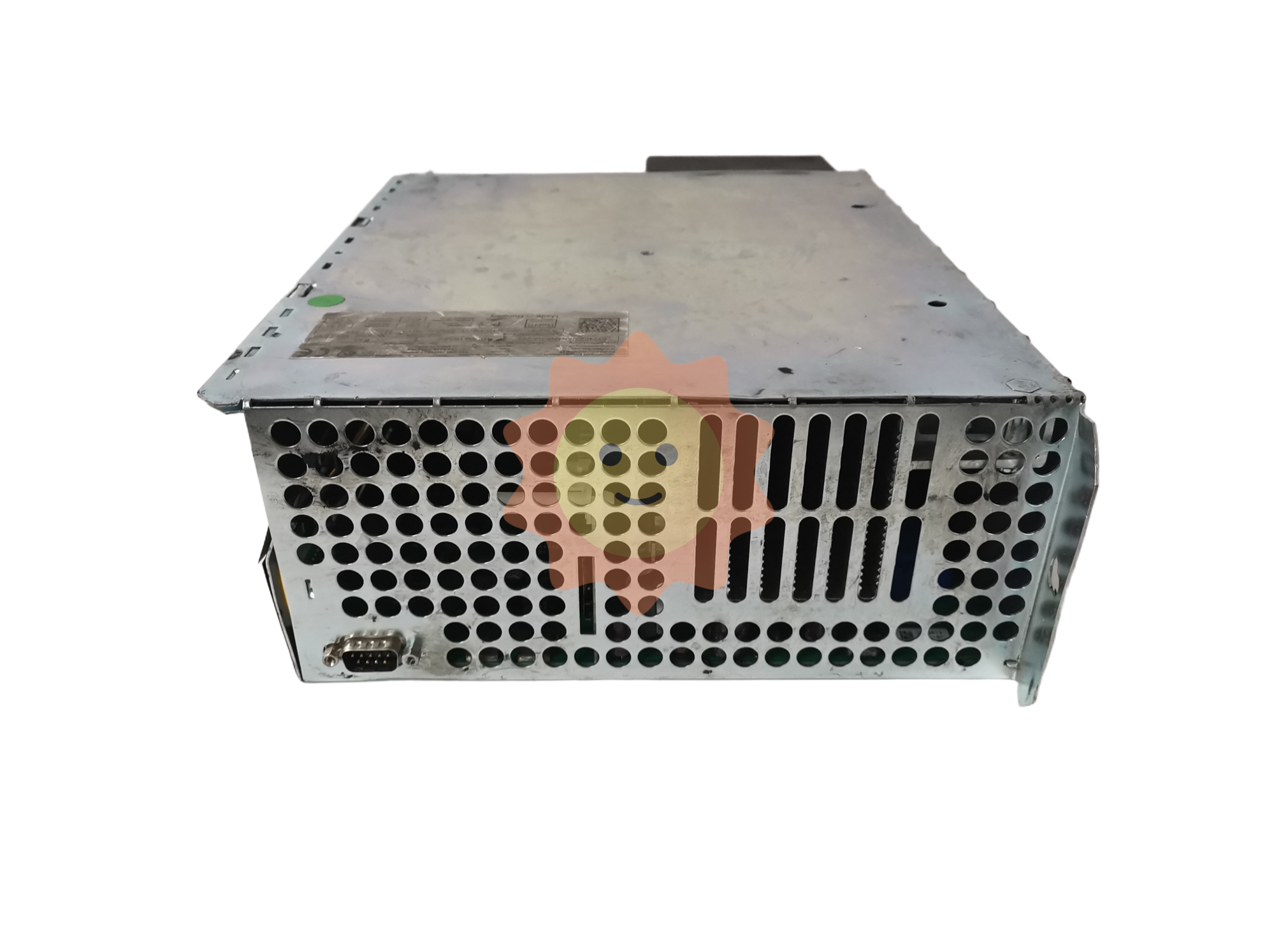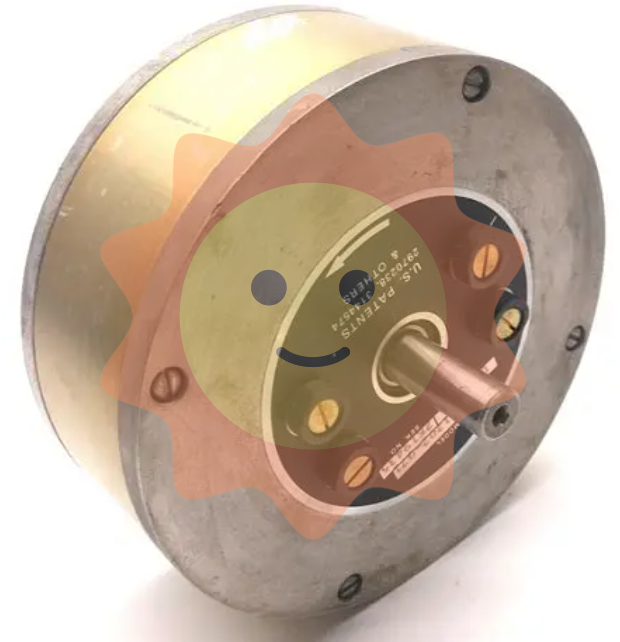The modern chemical industry of chemical engineering
Since the 1960s to 1970s, the chemical industry has faced fierce competition among various enterprises. On the one hand, due to the in-depth understanding of the reaction process, the production equipment of some traditional basic chemical products can be increasingly large-scale to reduce costs. At the same time, due to the rise of the new technological revolution, new requirements have been put forward for the chemical industry, which has promoted the technological progress of the chemical industry, and the development of fine chemicals, ultra-pure substances, new structural materials and functional materials.
large-scale
In 1963, Kellogg Company of the United States designed and built the first set of 540t per day (that is, 600sh.t) synthetic ammonia single series device, which is a sign of large-scale chemical production equipment. Since the 1970s, the production capacity of synthetic ammonia single series has developed to 900 ~ 1350t per day, and in the 1980s, the design of synthetic ammonia with a daily output of 1800 ~ 2700t has appeared, and the total energy consumption of tons of ammonia has decreased significantly. The production scale of ethylene single series developed from an annual output of 50kt in the 1950s to an annual output of 100-300kt in the 1970s, and the maximum production capacity of the newly built ethylene plant reached 680kt in the early 1980s. Thanks to the metallurgical industry providing high temperature resistant pipes, millisecond cracking furnaces were realized, thereby increasing olefin yield and reducing energy consumption. Other chemical production equipment such as sulfuric acid, caustic soda, basic organic raw materials, synthetic materials, etc., are developing to large scale. In this way, the pollution to the environment is reduced, the reliability of long-term operation is improved, and the rapid development of safety and environmental protection forecasting and protection technology is promoted.

Chemicals for information technology
Since the 1960s, the rapid development of large-scale integrated circuits and electronics industry, the device materials and information recording materials required for electronic computers have been developed. After the 1960s, the output of polysilicon and monocrystal silicon has grown at a rate of 20% per year. In the 1980s, binary compounds of group V in the periodic table have been used in electronic devices with the development of semiconductor devices, gaseous sources such as phosphine (PH) is becoming increasingly important. In the process of large-scale integrated circuit preparation, a variety of impurities are required, and the impurity content is less than 1ppm, and the moisture and dust content are also strict requirements. Another substrate for large-scale integrated circuits is that its quality and stability directly affect its integration and yield. In addition, there are also strict requirements for matrix materials, sealing materials, flux, etc. In 1963, after the Dutch Philippe Company successfully developed cassette recording, it has become increasingly popular. It is not only used for audio recording, video recording, etc., but more importantly for calculators as external memory and internal memory, there are tapes, disks, magnetic drums, magnetic bubbles, magnetic cards and other types. It is an important information material, not only for optical fiber communication, but also for industrial and medical purposes as an endoscope material.

High performance synthetic material
The 1960s have begun to use (commonly known as nylon), polyacetals (such as), and acrylonitrile-butadiene-styrene terpolymer as structural materials. They have high strength, impact resistance, wear resistance, chemical corrosion resistance, good heat resistance, excellent electrical properties and other characteristics, and light weight, easy to form, widely used in automobiles, electrical appliances, building materials, packaging and other aspects. After the 60's, and appear. Especially for high temperature resistance, high vacuum resistance, self-lubricating materials, can be used in spacecraft. Its fibers can be used as space suits to protect against radiation. Polybenzothiazole and polybenzimidazole are high temperature resistant resins with high heat resistance and can be used as ablative materials for rockets. Modification of structural materials, such as polyol prepolymers reacting with catalysts to form nylon polyether block copolymers with high impact strength and heat resistance, used in agricultural and construction machinery. The other is a polymer composite of fiber reinforced resin. The resins used are mainly epoxy resins, unsaturated polyesters, polyamides, polyimides, etc., used as glass fibers, or (commonly acrylonitrile or asphalt based). These composite materials have light weight, high specific strength and good toughness, and are especially suitable for aerospace, aviation and other structural parts of transportation vehicles to replace metal and save energy. And fluorine-containing materials are also developing rapidly, because they have outstanding high and low temperature resistance, excellent electrical properties, aging resistance, radiation resistance, widely used in the electronics and electrical industry, atomic energy industry and aerospace industry. Because of their physiological compatibility, they can be used as artificial organs and biological medical devices.

Energy materials and energy saving materials
In the 1950s, the atomic energy industry began to develop, requiring chemical enterprises to produce heavy water, neutron absorbing materials and heat transfer materials to meet needs. The space industry needs high energy. Solid propellants consist of adhesives, plasticizers, oxidants and additives. Liquid high energy fuels are liquid hydrogen, kerosene, undimethylhydrazine, anhydrous hydrazine, etc., oxidants are liquid oxygen, fuming nitric acid, nitrous oxide. These products have strict performance requirements and have formed a specialized production industry. In order to meet the requirements of energy conservation and environmental protection, in 1960, the United States tried to produce a practical membrane to desalinate and treat industrial sewage, and later expanded for medicine and food industry. However, this membrane is easy to biodegrade, but also easy to hydrolysis, short service life. In 1970, the development of aromatic polyamide reverse osmosis membrane, it can resist biodegradation, but can not resist free chlorine. In 1977, the improved composite membrane for desalination, per cubic meter of fresh water consumption only 23.7 ~ 28.4MJ in addition, also developed and used membrane. Polysulfone hollow fiber gas separation membrane, used for hydrogen and nitrogen separation of synthetic ammonia tail gas and other gas separation. This technique is more energy efficient than other industrial separation methods. Fine for its hardness, used as a cutting tool. In 1971, Ford Motor Company and Westinghouse Electric Company used β-silicon nitride (β-SiN) is a structural material of gas turbine, the operating temperature has been as high as 1370℃, improve efficiency, save fuel, reduce pollution, for a good energy-saving material, but after 10 years of testing, there are still many problems, need to be further improved. It is mainly used as ceramic engine, turbine blade, conductive ceramic, artificial bone and so on. The main physical systems of ceramics are oxide systems, such as alumina (AlO), zirconia (ZrO), etc., and non-oxide systems, such as carbide (SiC), nitride (BN), silicon nitride (SiN), etc. In the 1980s, in order to improve the brittleness of ceramics, silicon carbon fiber reinforced ceramics were developed.
Specialty chemicals have been further developed, which enhance or give a specific function to another product in a small amount and obtain a high use value. Such as food and feed additives, plastic and rubber additives, leather, paper, oil field and other specialty chemicals, as well as adhesives, antioxidants, surfactants, water treatment agents, catalysts, etc. In terms of catalysts, due to the development of modern instruments such as electron microscopy and electron spectrometer, it is helpful to understand the catalytic mechanism, so various special catalysts are prepared, marking the catalyst has entered a new stage.
- EMERSON
- Honeywell
- CTI
- Rolls-Royce
- General Electric
- Woodward
- Yaskawa
- xYCOM
- Motorola
- Siemens
- Rockwell
- ABB
- B&R
- HIMA
- Construction site
- electricity
- Automobile market
- PLC
- DCS
- Motor drivers
- VSD
- Implications
- cement
- CO2
- CEM
- methane
- Artificial intelligence
- Titanic
- Solar energy
- Hydrogen fuel cell
- Hydrogen and fuel cells
- Hydrogen and oxygen fuel cells
- tyre
- Chemical fiber
- dynamo
- corpuscle
- Pulp and paper
- printing
- fossil
- FANUC
- Food and beverage
- Life science
- Sewage treatment
- Personal care
- electricity
- boats
- infrastructure
- Automobile industry
- metallurgy
- Nuclear power generation
- Geothermal power generation
- Water and wastewater
- Infrastructure construction
- Mine hazard
- steel
- papermaking
- Natural gas industry
- Infrastructure construction
- Power and energy
- Rubber and plastic
- Renewable energy
- pharmacy
- mining
- Plastic industry
- Schneider
- Kongsberg
- NI
- Wind energy
- International petroleum
- International new energy network
- gas
- WATLOW
- ProSoft
- SEW
- wind
- ADVANCED
- Reliance
- YOKOGAWA
- TRICONEX
- FOXBORO
- METSO
- MAN
- Advantest
- ADVANCED
- ALSTOM
- Control Wave
- AB
- AMAT
- STUDER
- KONGSBERG
- MOTOROLA
- DANAHER MOTION
- Bently
- Galil
- EATON
- MOLEX
- Triconex
- DEIF
- B&W
- ZYGO
- Aerotech
- DANFOSS
- KOLLMORGEN
- Beijer
- Endress+Hauser
- MOOG


Email:wang@kongjiangauto.com


